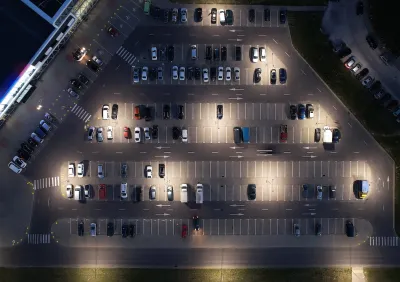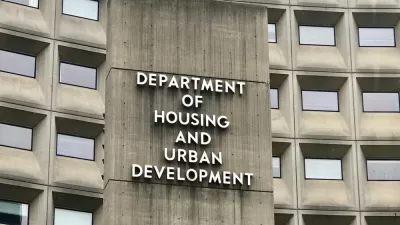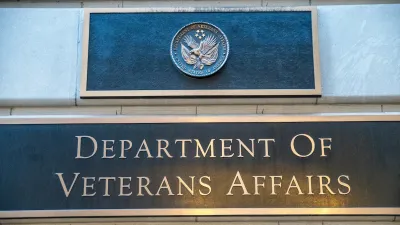The safety and stability offered by Safe Parking sites have helped 40 percent of unhoused San Diego residents who accessed these programs get into permanent housing.

San Diego’s Safe Parking Program made a significant dent in the city’s homelessness crisis, with 40 percent of program participants later transitioning into housing.
The program provides safe, secure lots where people living in their cars can park. These sites provide restrooms and other facilities and offer services to connect residents with housing and other assistance services.
As Brian Perry explains in Maui Now, “Many participants preferred safe parking over traditional shelters, citing increased safety, stability and autonomy.” Across the Pacific in Maui County, Hawaii, local leaders are pointing to the study as evidence that Safe Parking is a “best practice” for responding to the homelessness crisis and offering people services such as “ case management, employment support, housing assistance and basic amenities like restrooms and showers.”
According to the San Diego report, Safe Parking programs can provide the stability and safety that people need to seek and access permanent housing. “Researchers behind the San Diego study recommend expanding safe parking programs to operate 24/7, increasing the number of case managers and providing ongoing staff training. They also advocate for federal recognition and funding of safe parking programs as an official homelessness intervention.” Researchers point out that safe parking programs work best in conjunction with a successful social support system.
FULL STORY: ‘Safe parking’: A 2024 study reports favorable outcomes in curbing homelessness

Maui's Vacation Rental Debate Turns Ugly
Verbal attacks, misinformation campaigns and fistfights plague a high-stakes debate to convert thousands of vacation rentals into long-term housing.

Planetizen Federal Action Tracker
A weekly monitor of how Trump’s orders and actions are impacting planners and planning in America.

In Urban Planning, AI Prompting Could be the New Design Thinking
Creativity has long been key to great urban design. What if we see AI as our new creative partner?

King County Supportive Housing Program Offers Hope for Unhoused Residents
The county is taking a ‘Housing First’ approach that prioritizes getting people into housing, then offering wraparound supportive services.

Researchers Use AI to Get Clearer Picture of US Housing
Analysts are using artificial intelligence to supercharge their research by allowing them to comb through data faster. Though these AI tools can be error prone, they save time and housing researchers are optimistic about the future.

Making Shared Micromobility More Inclusive
Cities and shared mobility system operators can do more to include people with disabilities in planning and operations, per a new report.
Urban Design for Planners 1: Software Tools
This six-course series explores essential urban design concepts using open source software and equips planners with the tools they need to participate fully in the urban design process.
Planning for Universal Design
Learn the tools for implementing Universal Design in planning regulations.
planning NEXT
Appalachian Highlands Housing Partners
Mpact (founded as Rail~Volution)
City of Camden Redevelopment Agency
City of Astoria
City of Portland
City of Laramie





























